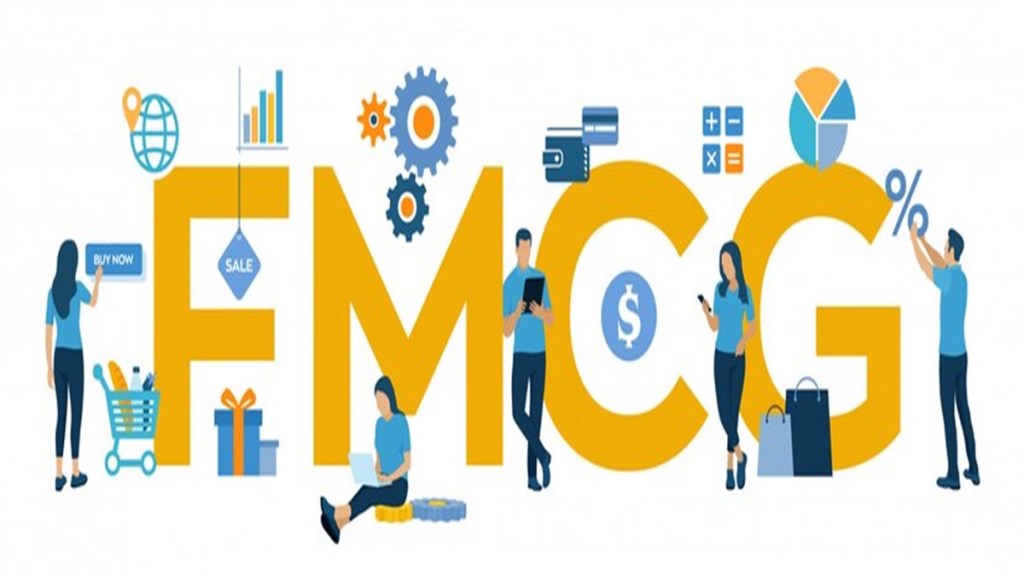Small fast-moving consumer goods (FMCG) companies, whose growth had slowed in the past few quarters as giants sought to counter them with regional product variants, are now beginning to reassert their presence in the market.
Data from research agency NielsenIQ shows the December quarter was marked by a sharp uptick in sales for small players. These firms saw 14.2% growth in terms of value, the highest in five quarters. Their volume growth was also the highest in five quarters at 9.7%.
In contrast, FMCG leaders — those with an annual top line exceeding Rs 5,000 crore — grew 4.4% in terms of volume during the period. In terms of value, the giants saw a growth rate of 6.9% in the December quarter, nearly double of what they had achieved in the September quarter (3.5%) but way below that of small players. Experts point to persistent inflation and urban slowdown for FMCG giants lagging behind small and regional brands in terms of growth rates in the December quarter.
NielsenIQ says that small players are seeing growth in both food and non-food categories as consumers downgrade and switch to cheaper options to manage household expenditure. In the September quarter, small players saw a value growth of 4.5% while their volume growth was flat.
Giants constitute 46% of India’s Rs 5-lakh crore FMCG market. Small brands — those with annual sales of under Rs 100 crore — make up 17% of the market, according to NielsenIQ.
In post-results investor calls last week, both Nestle India and Britannia Industries, among the top food companies in the country, alluded to the growing pressure from regional brands. They said they were unable to pass on the full impact of inflation to consumers on account of the competitive intensity in categories such as noodles and biscuits. Meanwhile, companies such as Hindustan Unilever (HUL) and Godrej Consumer Products said they were launching small packs of premium labels across their home and personal care (HPC) portfolios to ensure these products remained accessible to consumers.
“We are mindful of regional brands. Maggi, for instance, could take a hit on account of regional competition. We are cognizant of that. While the space will get increasingly chaotic, we are turning back to growth,” Suresh Narayanan, chairman and MD, Nestle India, said.
In the December 2024 quarter, prepared dishes and cooking aids, which contribute 30% to Nestle India’s top line, saw high single-digit sales growth, led by Maggi noodles. But analysts warn that consistent price hikes, thanks to food inflation, is forcing consumers to try out cheaper alternatives in popular categories such as noodles.
Varun Berry, executive vice-chairman and MD, Britannia Industries, said the company would be dynamic in its pricing and would continue to have a regional bias for its innovations and new launches. “Our innovation pipeline will have a regional preference. We will continue to counter competition by keeping our attention on our core brands (in biscuits). We will also keep a firm eye on pricing by competitors,” Berry said.

